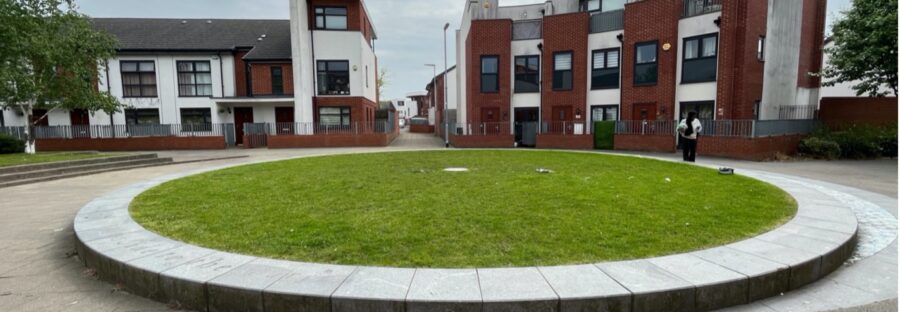Remembering Maine Road: 20 years since the move
- It’s twenty years since the last match was played at Maine Road
- Another anniversary, it’s one hundred years since Maine Road opened
- The land is now home to a school and a housing estate
This year marks two major anniversaries for Maine Road, one hundred years since it opened and twenty years since its closure.
Twenty years ago, Manchester City fans watched on as Marc-Vivien Foe scored the very last goal for City at Maine Road in a 3-0 victory against Sunderland. The stadium closed just three weeks later, and Foe sadly died just months after at the age of twenty-eight.
The pitch is now a housing development site, but it was the home of Manchester City for eighty years.
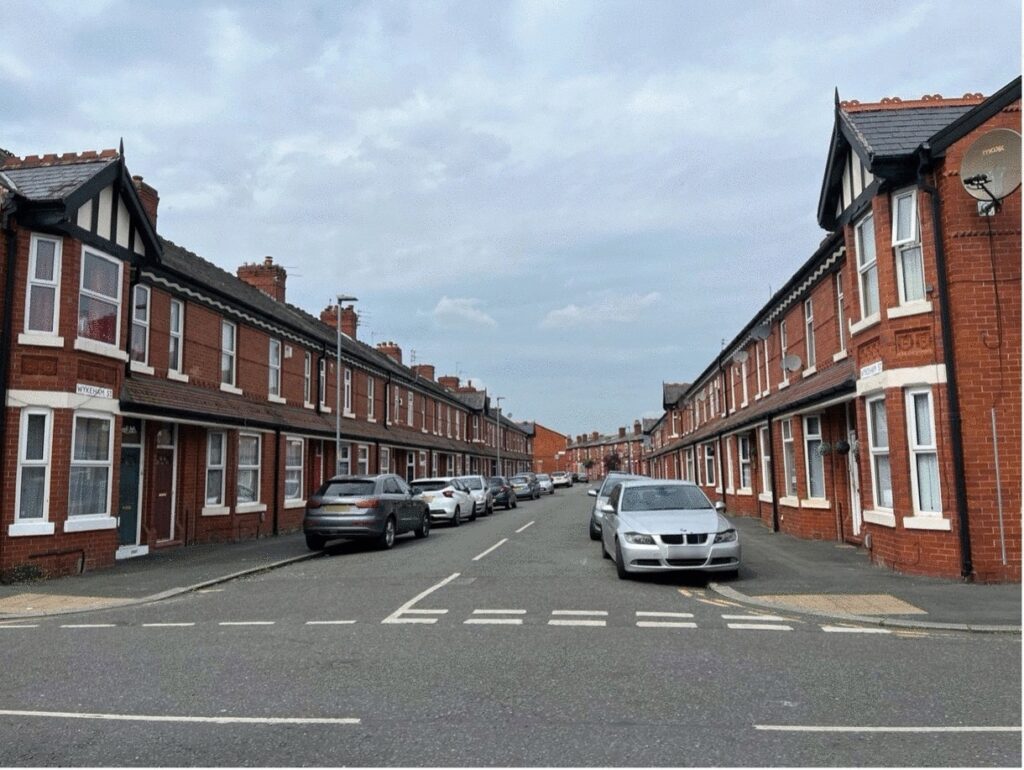
Dave Proudlove, author of the book, ‘When the Circus Leaves Town: What Happens When Football Leaves Home’, who worked on the redevelopment of Maine Road said: “The site’s redevelopment was seen as vitally important to the future of Moss Side, and provided good quality new homes, a new school, and a retirement complex.
“I visited [Maine Road] for the first time in 10 years, to understand how the neighbourhood had changed and matured.
“It was great to see a small memorial to Maine Road’s last groundsman Stan Gibson, and great to see that young kids clearly play football on some of the greenspace provided in the new development.”
History of the site
One-hundred years ago, following a fire at their old stadium, Man City moved to Moss Side and played their very first match. Despite fan backlash over the move from East to South Manchester, the manager at the time, Ernest Mangnall, backed the decision due to the increase in venue size.
City won their first game, 2-1, against Sheffield United, to a crowd of fifty-eight thousand fans. A number that increased to eighty-five thousand – marking the highest attendance for an English football club playing at their own stadium. It was also the second largest venue, second only to Wembley Stadium.
Post-World-War-2, City briefly shared the stadium with Manchester United after Old Trafford had become damaged following the blitz.
In 2002, there were plans for further expansion at Maine Road but later the decision was made to move to the City of Manchester Stadium.
The last match took place on 11th May and had a near-full-capacity crowd watching on as City played against Southampton, losing 1-0.
The centre point of the grounds is marked out by a small patch of grass for fans to visit and think about the old grounds.
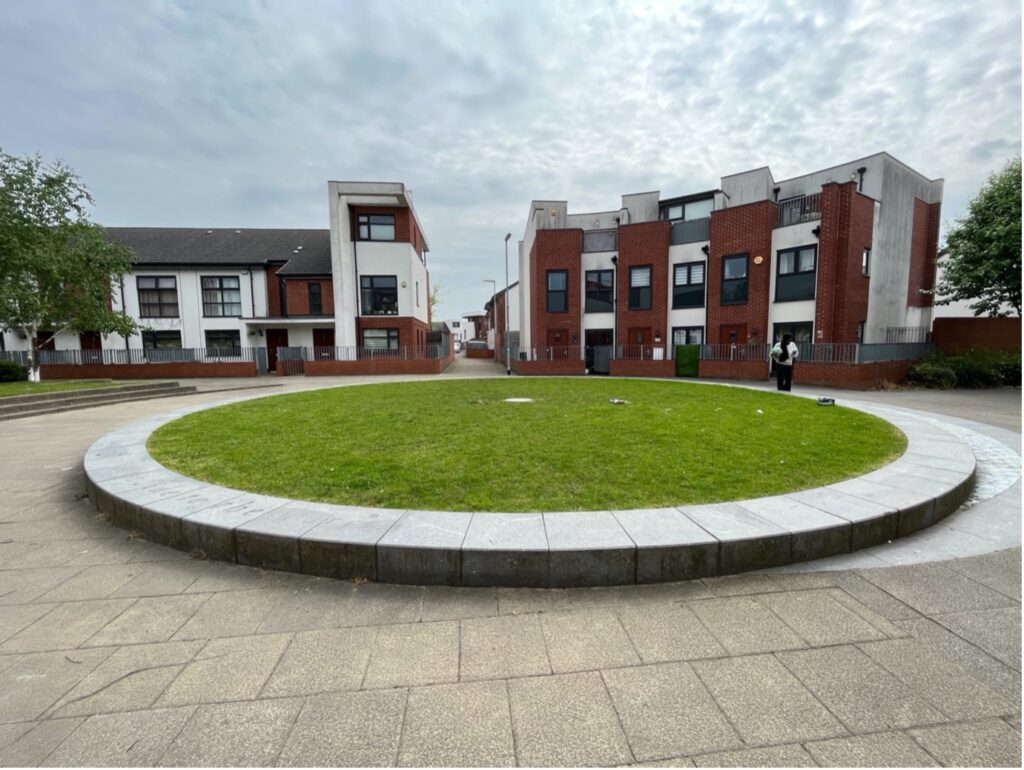
Memories from a fan
Neil Bell, a Manchester City supporter who attended games at Maine Road shared a few memories. He said: “I started going to Maine Road with my dad and brother in 1982, the season after we lost to spurs in the FA cup final.
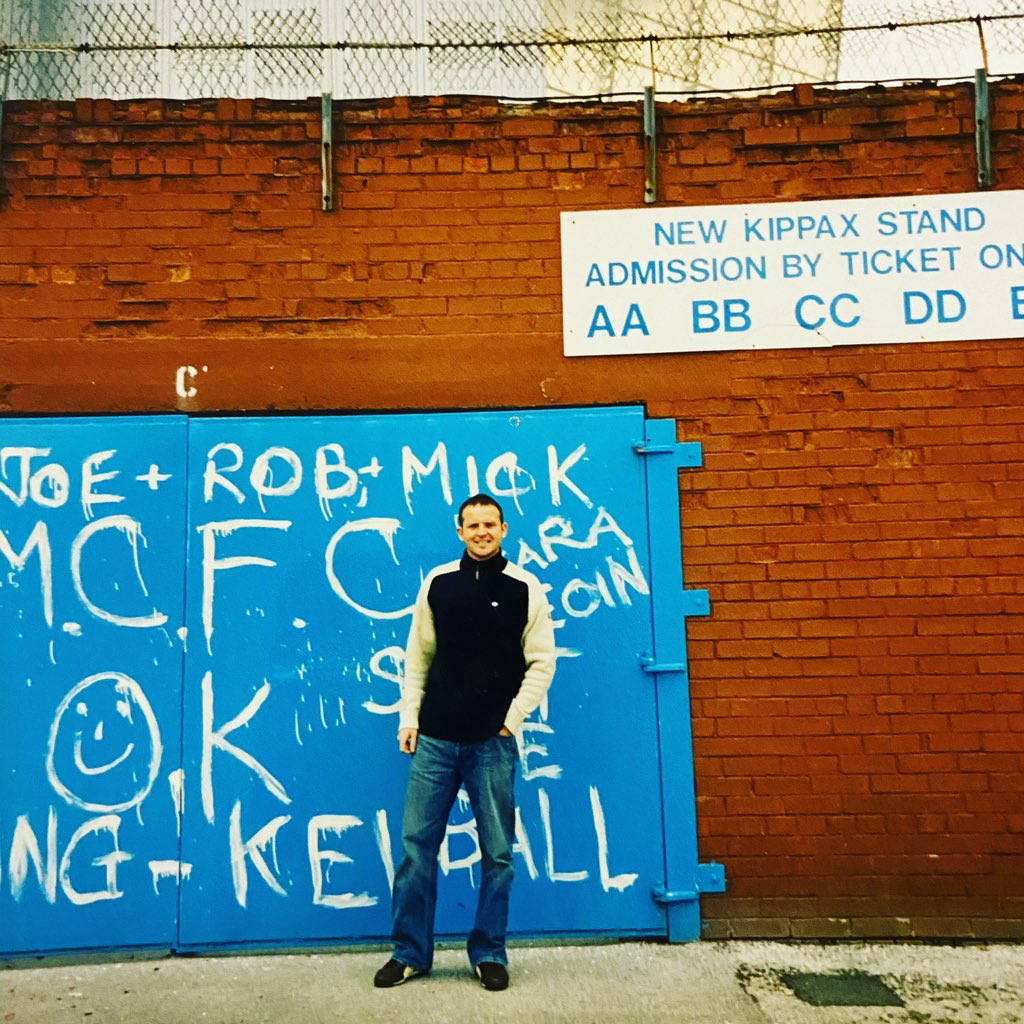
“We started in the main stand, then the north stand, ending up in the kippax where I fell in love with going to the match.
“Me and my older brother took my little brother to the last game against Chelsea in the kippax terracing just to say he had stood there before it was knocked down. He fell asleep on my brothers shoulders.
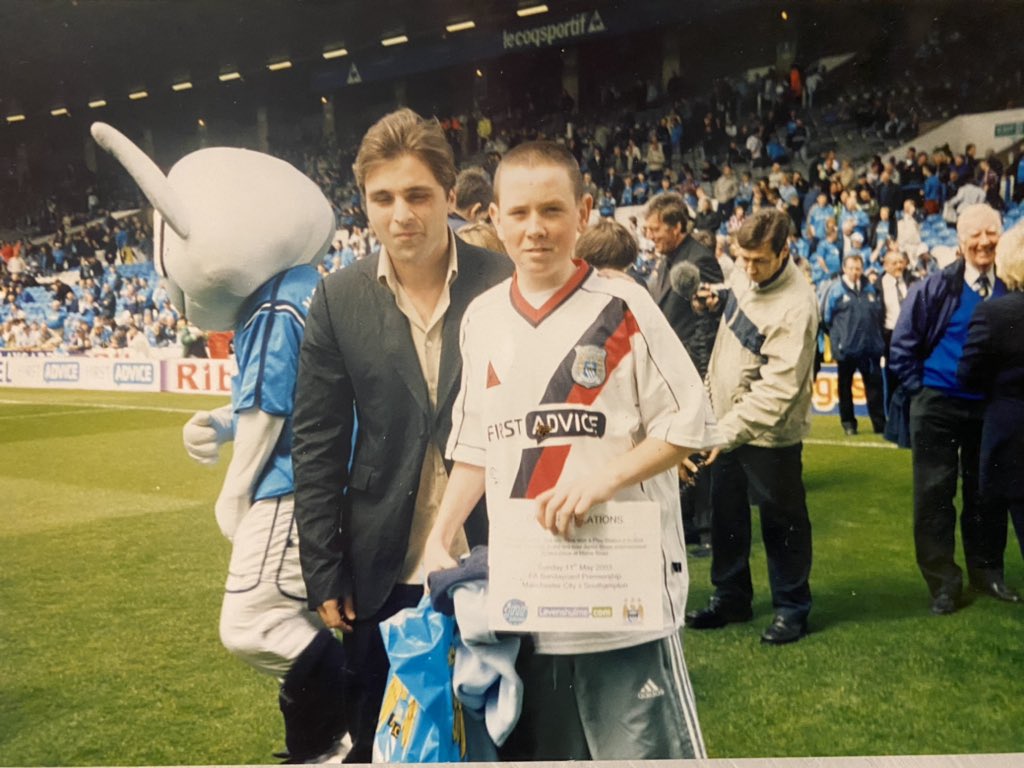
“Nine years on we also sat in the kippax on the last day at Maine road and got on the pitch at half time.
“Like most people, I don’t like change. I didn’t go for a few years. Started going again with my brothers and son who now loves City. Change isn’t bad thing for us old city fans after all.”


